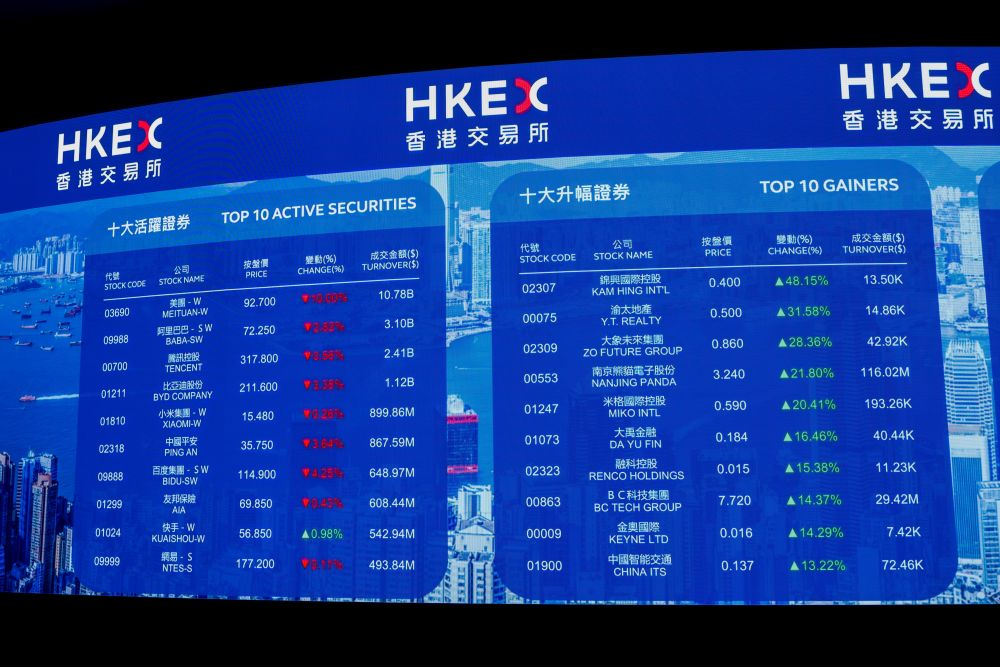From Germany to Brazil and the UK to China, economies are moving at different speeds as monetary policy and growth begin to diverge in the wake of the turmoil created by the Covid-19 pandemic. The division is creating risks, but also opportunities for those investors prepared to be flexible, as well as seek out potential safe havens.
There is now a stark contrast in after-inflation (real) yields across many government bond markets. Consider the more than 3% yield for Brazil’s local currency bonds at the end of August, compared with the -9% for Spain’s equivalent after relatively little yield difference during the pandemic’s onset. This mixed picture suggests that economies and policies are becoming deeply out-of-sync regarding how and when they might exit the current inflation-led regime.
One reason for this divergence is that the range of economic outcomes differs materially across borders.
Eurozone vs North America
A deeper recession in the eurozone looks greater in likelihood and magnitude than in energy-rich economies like the US and Canada, where the chances of reining in inflation without a hard landing may look better. Eurozone real rates remain deeply negative as the European Central Bank (ECB) has been slower to raise rates than the Federal Reserve, even as the region’s annual inflation figures surpassed those in the US. The eurozone also faces the additional challenge of having one currency and one policy rate, yet still plenty of economic divergence between eurozone countries. For instance, Estonia’s inflation came in at 25.2%, compared with 6.5% in France. The ECB has been trying to partially offset its one-size-fits-all policy rate by reinvesting proceeds from its maturing debt holdings issued by euro-core countries to buy euro-periphery debt. It remains to be seen whether the ECB’s new “anti-fragmentation” bond-buying programme will be officially activated and can succeed in preventing a blowout in riskier eurozone yields.
UK stagflation risks
If there is any chance of a stagflation scenario taking hold in an advanced economy, the UK looks like a good candidate. The Bank of England expects the annual inflation will peak above 13% in the autumn and is hiking rates rapidly, notwithstanding its forecast that the UK economy will enter recession by the end of this year. A chronically large current account deficit does not bode well for UK debt, and neither will a growing budget shortfall if the new Prime Minister Liz Truss were to go ahead with bold tax cuts.
Asia asymmetry
The theme of global policy divergence also extends east. The Bank of Japan has maintained its benchmark rate at -0.1% and stuck to its bond-buying programme, which aims to cap 10-year yields at 0.25%. Annual inflation is around 2.5%, but the economy remains vulnerable. China's annual inflation is slightly higher, but the country is also bucking the global tightening trend. Authorities there have loosened their monetary and fiscal stance to grapple with repeated Covid-19 shutdowns taking a toll on economic activity and a highly distressed property sector. Chinese real estate bonds were a positive outlier in August, retracing some of their year-to-date losses, which remain deeply negative.
Emerging markets ahead in tightening cycle
Some of the earlier and most aggressive hikes in 2022 have come from emerging market economies. As their tightening cycles have led those of advanced economies, many emerging markets, such as Brazil and Mexico, feature positive real yields and inverted yield curves. Higher commodity prices have, to some degree, shielded net commodity exporters. Yet, inflation and rate expectations tend to be harder to anchor than in advanced economies, as the damage to local currencies and fiscal positions from global shocks is usually more pronounced.
Currency casualties
Currency market fluctuations in 2022 offer perhaps the most extreme reflection of the global policy divergence theme. For example, the Japanese yen has lost over 45% of its value against the US dollar from its 2011 peak. Another casualty has been the euro, which has fallen below parity with the US dollar for the first time since its inception. Outside of frontier markets that are in distress or default, the picture is mixed, ranging from the Indonesian rupiah’s rather modest -4.5% fall against the US dollar to a more pronounced -23% for the Hungarian forint.
Flexibility, flight to safety may help investors
The opportunity set for flexible bond strategies has been greatly enriched by this inflation-led regime – especially for those that can profit from cross-country relative value positions across the full duration and yield-curve spectrum, as well as from select exposures to inflation, credit and currency markets. As many investors are heavily underweight duration by now, we believe it makes sense to start allocating incrementally to those rates markets that are most likely to benefit from flight to safety – because they have already priced in worst-case scenarios.
Franck Dixmier is the global head of fixed income and Georgios Georgiou is the global head of fixed-income product specialists at Allianz Global Investors.









